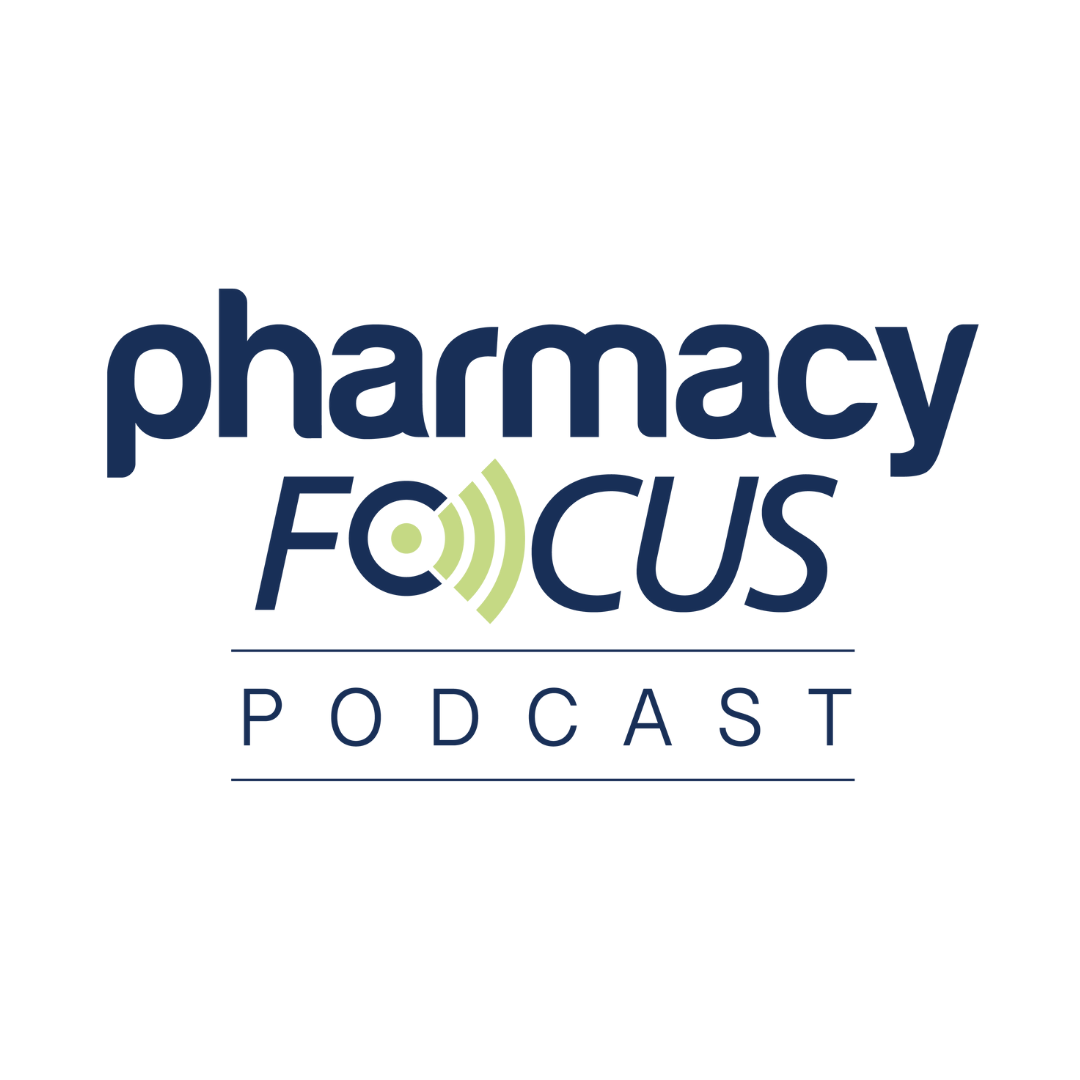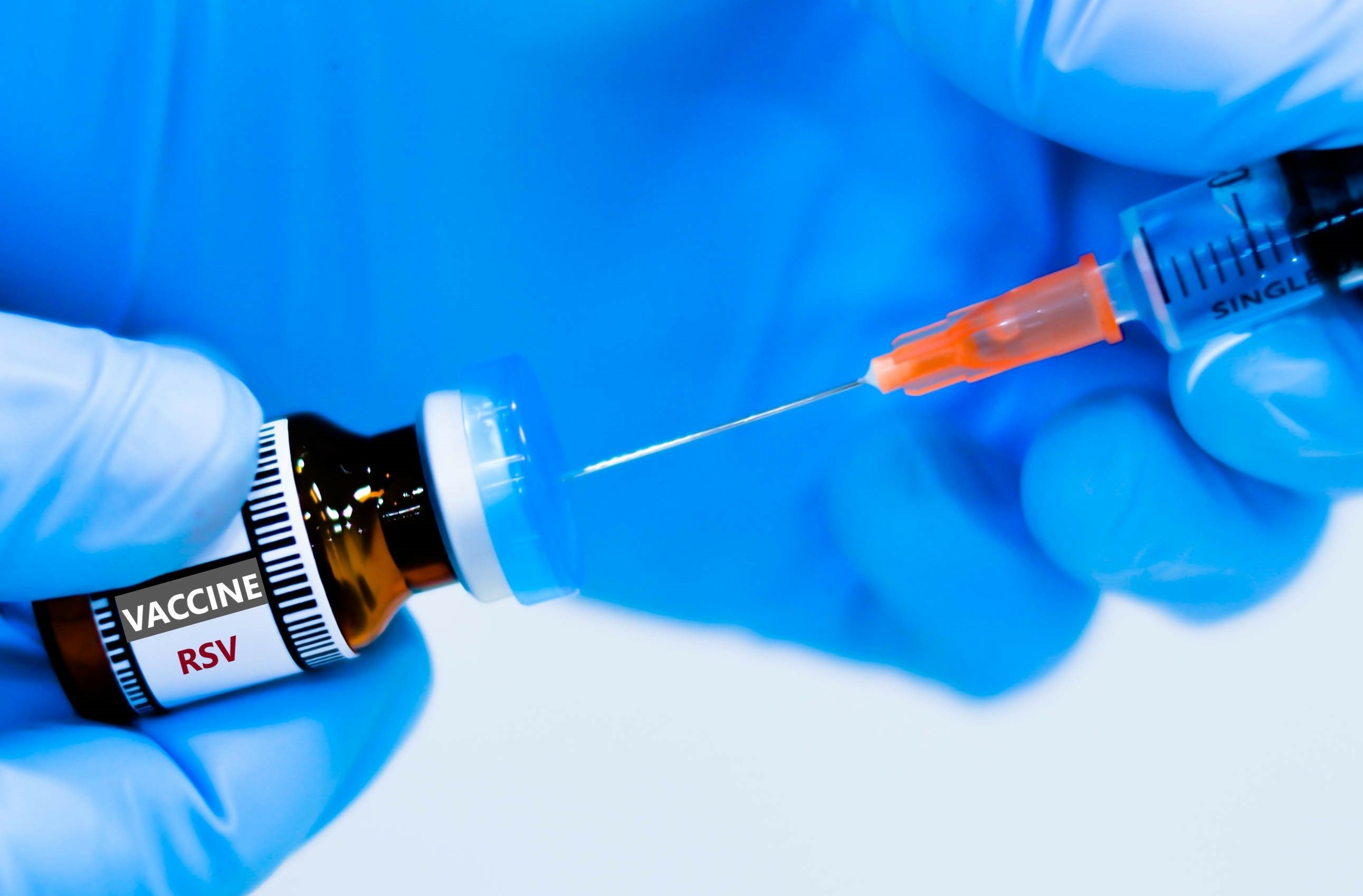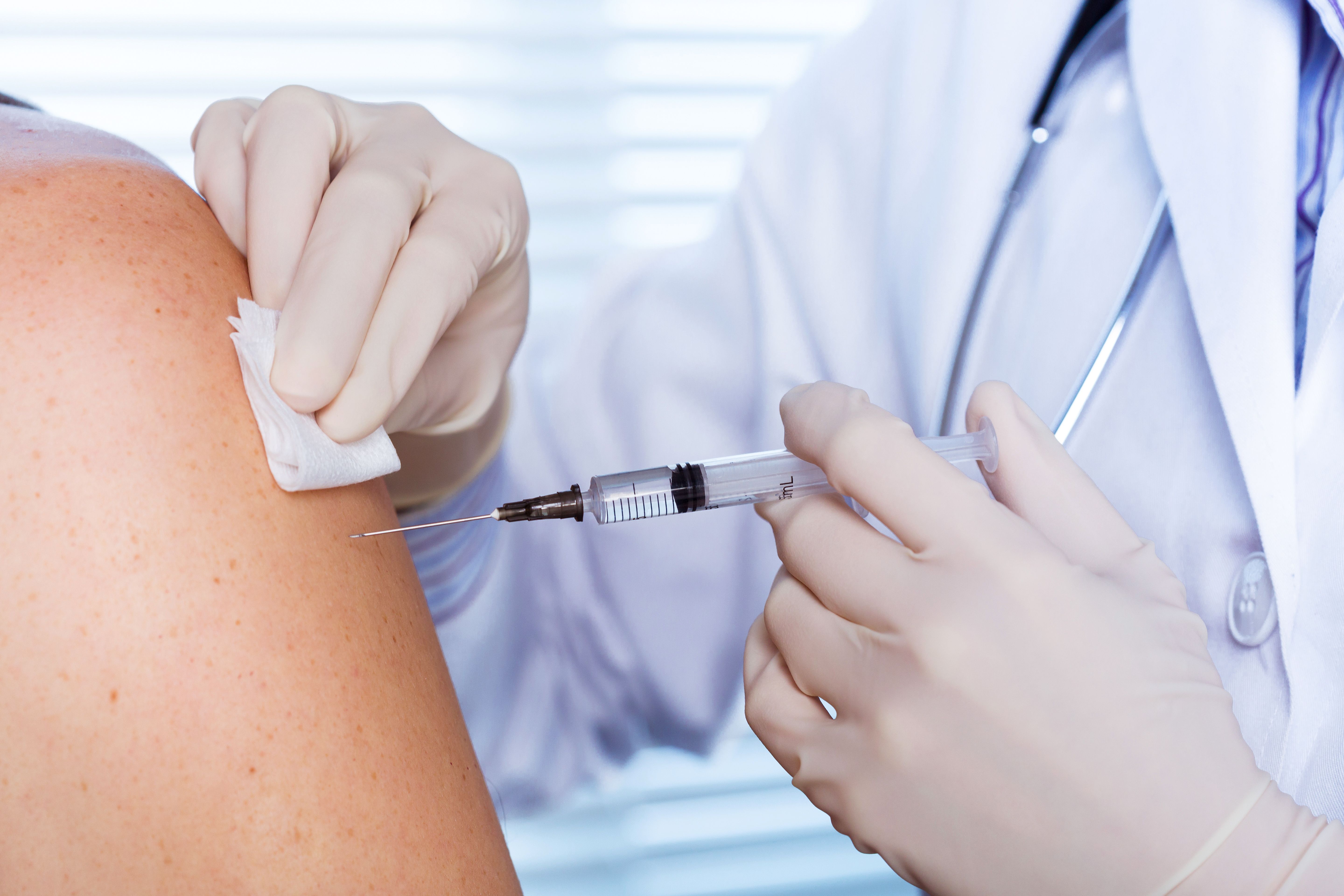After 7 years, the American Journal of Gastroenterology has published updated guidelines for the treatment of Helicobacter pylori (H. pylori), offering the latest knowledge on a prevalent chronic bacterial infection. For pharmacists wondering whether bismuth quadruple therapy (BQT) still reigns as the gold standard, the wait is over—the latest recommendations are here.
Diagnostic Testing
Prior clinical guidelines and reviews have discussed diagnostic testing measures for H. pylori (e.g. urea breath test, fecal antigen testing, and serology).1 Limited data have emerged regarding the topic, so it was not reviewed in the new update and new recommendations were not proposed.
Susceptibility Testing
If macrolide and quinolone susceptibility testing is unavailable, treatment regimens containing clarithromycin and levofloxacin should be avoided. Resistance rates against these antibiotics have been increasing in H. pylori strains, which increases the risk of treatment failure.
In a meta-analysis of antibiotic susceptibility testing performed on 2669 H. pylori strains from the United States between 2011 and 2021, 31.5% were resistant to clarithromycin, 37.6% were resistant to levofloxacin, 42.1% were resistant to metronidazole, 0.9% were resistant to tetracycline, 2.6% were resistant to amoxicillin, 0.2% were resistant to rifabutin, and 11.7% were resistant to dual metronidazole/clarithromycin.2 This is an area requiring attention for antibiotic stewardship and pharmacists play a huge role in implementing these practices.
Treatment-naive patients
The updated guideline separates treatment recommendations based on the patient’s history and whether they are treatment-naive or treatment-experienced. Treatment-naive patients are classified as someone with an active H. pylori infection (e.g. positive nonserological test) that has no history of prior treatment. Table 12 provides a summary of first-line treatment options in treatment-naive patients with H.pylori. Treatment-naive patients with a true penicillin allergy are advised to use BQT for primary treatment.
Treatment-Experienced Patients
Treatment-experienced patients are those with persistent infection despite prior treatment attempts. Table 22 provides an overview of treatment options in treatment-experienced patients with persistent H. pylori. Antibiotic sensitivity testing is required before using macrolide or quinolone combination treatment regimens. Like treatment-naive patients, treatment-experienced patients with a penicillin allergy are recommended to use BQT first line.
BQT remains the preferred option for treatment-experienced patients, but if patients were previously on optimized BQT, rifabutin therapy is a considerable alternative. In the case that the infection remains after optimized BQT and/or rifabutin therapy, AST is recommended to further guide the selection of treatment.
About the Authors
Tracy Mahvan, PharmD, BCGP, MBA, is associate professor of pharmacy practice at the University of Wyoming School of Pharmacy.
Cassidy Hixon and Jewel Jackson are 2025 PharmD candidates at the University of Wyoming School of Pharmacy.
Testing for Cure
With H. pylori eradication rates declining over the years, a test of cure is essential to help identify individuals with persistent infection. The updated guidelines recommend performing a urea breath test or fecal antigen test at least 4 weeks following treatment. It is important to ensure the patient’s proton pump inhibitor has been stopped 2 weeks prior to the test of cure to decrease the chance of a false-negative.
Reference
1. Chey WD, Leontiadis GI, Howden CW, Moss SF. ACG Clinical Guideline: Treatment of Helicobacter pylori Infection. Am J Gastroenterol. 2017;112(2):212-239. doi:10.1038/ajg.2016.563
2. Ho JJC, Navarro M, Sawyer K, Elfanagely Y, Moss SF. Helicobacter pylori antibiotic resistance in the United States between 2011 and 2021: a systematic review and meta-analysis. Am J Gastroenterol. 2022;117(8):1221-1230. doi:10.14309/ajg.00000000001828







